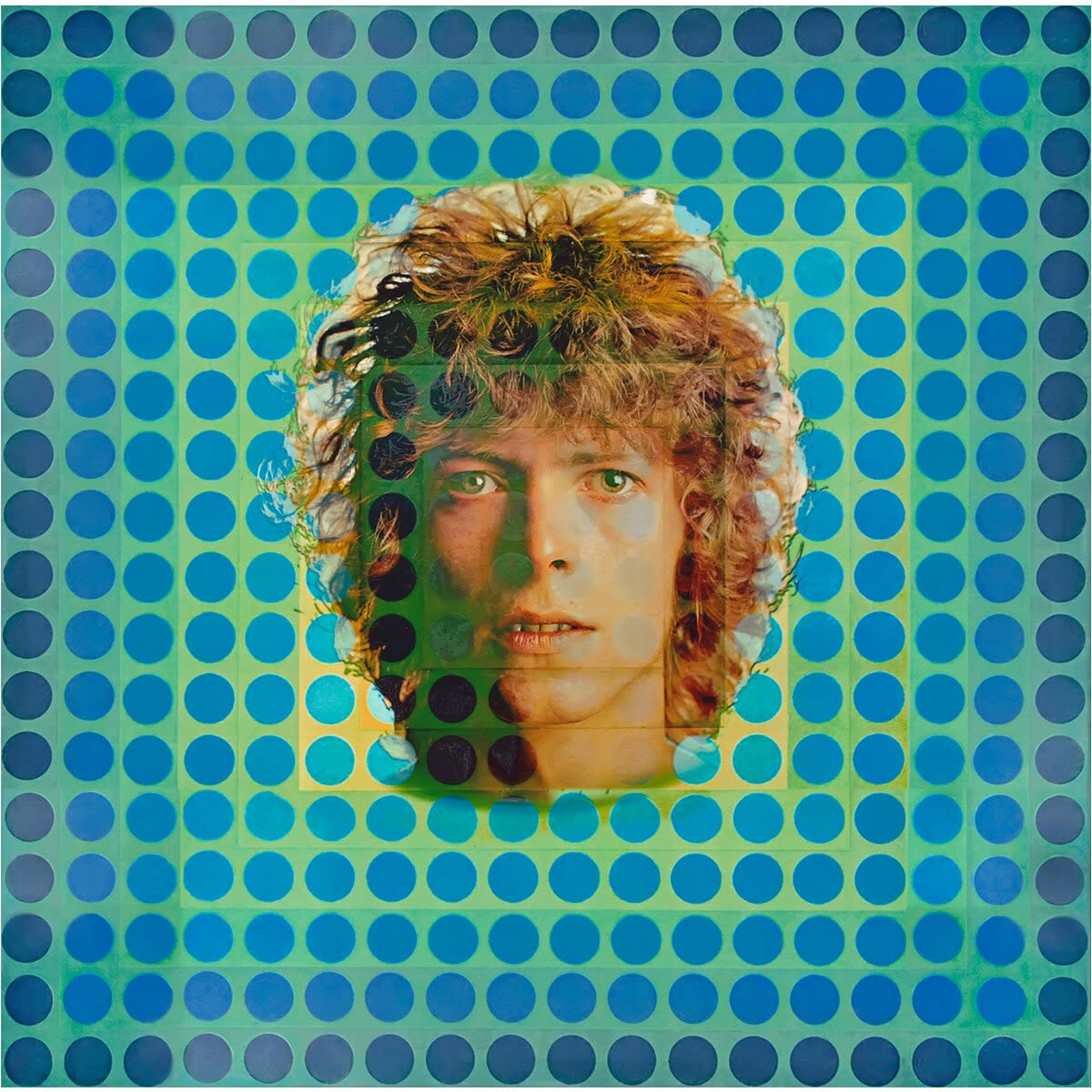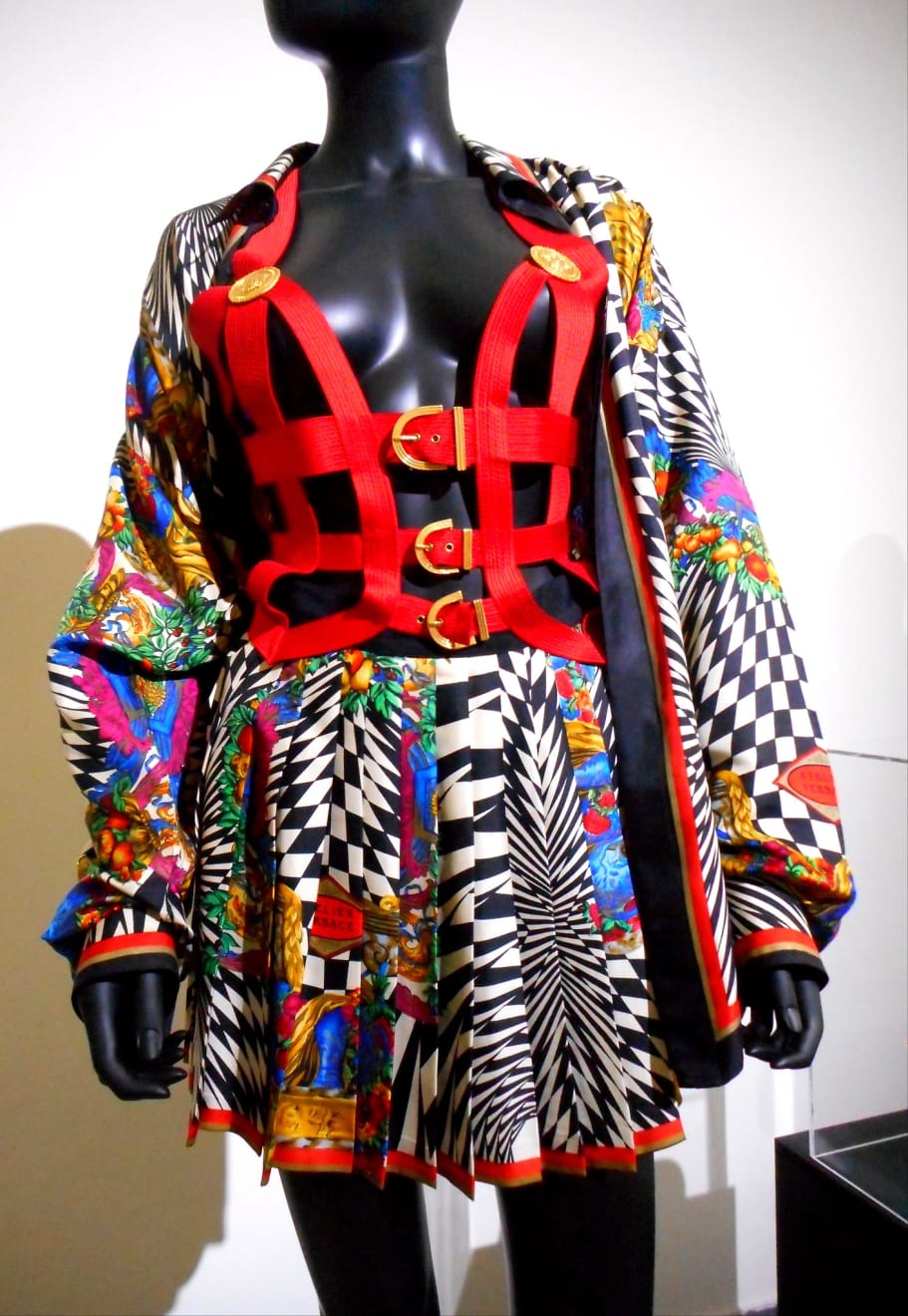The Pompidou Centre in Paris recently celebrated the life and work of Victor Vasarely, the Grandfather of Op-Art, with an exhibit than spanned the more than five decades of his work.
Born in Hungary in 1906, Vasarely dropped out of medical school, at age 23, to study with avant-garde artist, Sándor Bortnyik. Bortnyik was a proponent of the Bahuas philosophy, which emphasized the relationship between art, society, and technology.
Vasarely moved to Paris in 1930. For nearly twenty years he supported himself, and his wife and two sons, with a successful career in commercial art. In his free time Vasarely worked on his own art, experimenting with the use of physics, color optics and quantum mechanics. The work he created during the mid-to-late-1930s, many using black and white patterns, are often considered the first works of Op-Art.
In 1955, Vasarely exhibited his work, alongside that of Marcel Duchamp, Alexander Calder and others, at The Galerie Denise René, of which he was co-founder. By the time the psychedelic ’60s rolled around, Vasarely’s work was known throughout the world, and influenced many aspects of popular culture, like fashion, music, advertisements and architecture.
Fashion designer, Giovanni Versace, was not just an avid collector, but also created textile design based on Vasarely’s work.
Vasarely also developed his Alphabet Plastique, a system in which each letter of the alphabet corresponds to a specific color, geometrical form and musical notes. He thought of it as Esperanto for the arts, which would act as a universal artistic language and make the world a better place. Many of the works that grew from this idea were methodical, analytical pieces like Dyok Positif and Collage Vert both for sale at VFA.
Throughout his life, Vasarely continued to be fascinated by the melding of art and science. He experimented with Poly(methyl methacrylate), or acrylic, which was used mainly for military applications until after World War ll. The acrylic sculpture, Holid, Moire Tower, available at VFA, is an example of Vasarely’s ability to combine form and design.
The orderly, organized and logical way in which Victor Vasarely approached his work was similar to the computer programming that we use today. Vasarely was so fascinated by computers, even in their early stage, that he insisted they be installed at the Vasarely Foundation.
The Works of Victor Vasarely at VFA
Please contact us if you would like more information about Dyok Positif, Collage Vert, Holid, Moire Tower or any of the other fine work at VFA.
Kelly Grovier. Victor Vasarely: The art that tricks the eye. BBC Culture. March 5, 2019.
Sarah Belmont. Au Centre Pompidou, Victor Vasarely nous berce d’illusions. LeParisian. April 30, 2019.
http://www.op-art.co.uk/victor-vasarely/






